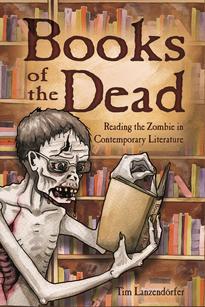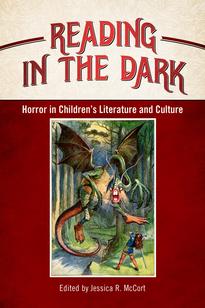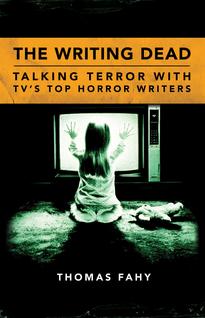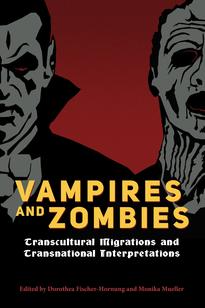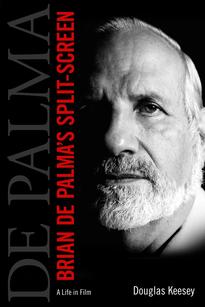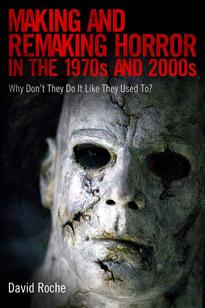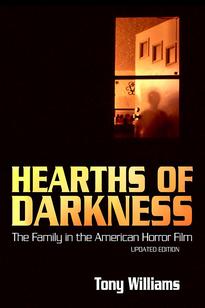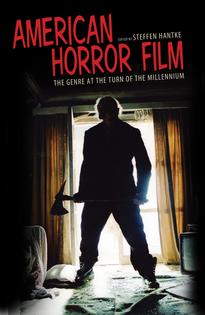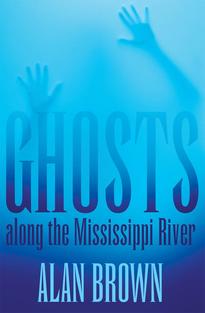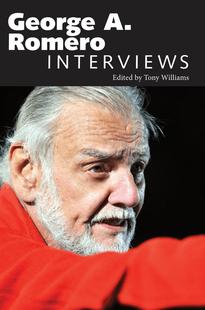Horror
Books of the Dead
The zombie has cropped up in many forms—in film, in television, and as a cultural phenomenon in zombie walks and zombie awareness months—but few books have looked at what the zombie means in fiction. ...
Reading in the Dark
Contributions by Rebecca A. Brown, Justine Gieni, Holly Harper, Emily L. Hiltz, A. Robin Hoffman, Kirsten Kowalewski, Peter C. Kunze, Jorie Lagerwey, Nick Levey, Jessica R. McCort, and Janani Subramanian ...
The Writing Dead
The Writing Dead features original interviews with the writers of today's most frightening and fascinating shows. They include some of television's biggest names—Carlton Cuse (Lost and Bates Motel), ...
Vampires and Zombies
The undead are very much alive in contemporary entertainment and lore. Indeed, vampires and zombies have garnered attention in print media, cinema, and on television. The vampire, with roots in medieval ...
Brian De Palma's Split-Screen
Over the last five decades, the films of director Brian De Palma (b. 1940) have been among the biggest successes (The Untouchables; Mission: Impossible) and the most high-profile failures (The Bonfire ...
Making and Remaking Horror in the 1970s and 2000s
In Making and Remaking Horror in the 1970s and 2000s author David Roche takes up the assumption shared by many fans and scholars that original horror movies are more “disturbing,” and thus better than ...
Hearths of Darkness
Hearths of Darkness: The Family in the American Horror Film traces the origins of the 1970s family horror subgenre to certain aspects of American culture and classical Hollywood cinema. Far from being ...
American Horror Film
Creatively spent and politically irrelevant, the American horror film is a mere ghost of its former self—or so goes the old saw from fans and scholars alike. Taking on this undeserved reputation, the ...
Ghosts along the Mississippi River
Some of the nation's most compelling ghost stories owe their origin to “The Father of Waters.” Ghosts along the Mississippi River is the first book-length collection of ghost tales from the small towns ...
George A. Romero
George A. Romero (b. 1940) has achieved a surprising longevity as director since his first film, Night of the Living Dead (1968). After relocating to Canada, he shows no signs of slowing up: his recent ...
